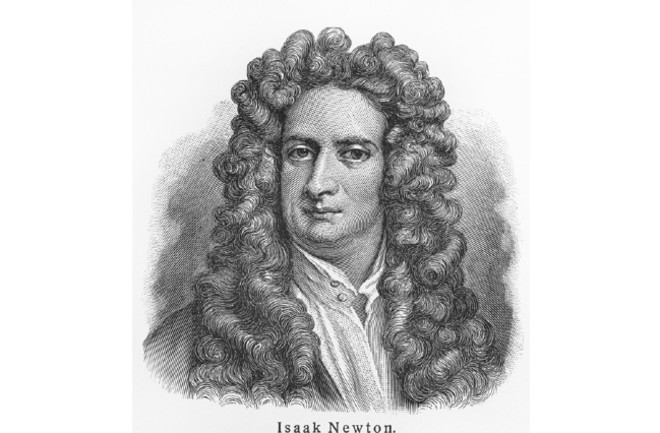Lawrence Principe was sorting through a collection of old chemistry books at the Chemical Heritage Foundation in Philadelphia when he stumbled upon a forgotten manuscript handwritten by Sir Isaac Newton. Any Newton manuscript is of interest, but this one was worth its weight in gold, literally — as Principe, a chemist and historian of science at Johns Hopkins University, recognized immediately.
Holding the yellowed manuscript in his hands and studying the scribbled words, he understood that he was looking at one of the best-kept secrets in the history of science. Today revered as the father of modern physics and the inventor of calculus, Newton was describing a recipe for the Philosophers’ Stone, a legendary substance that reputedly could turn base metals like iron and lead into gold.
Newton’s dabblings in alchemy are well known, but his belief that he had found the closely guarded blueprint for the Philosophers’ Stone was astonishing indeed.
Isaac Newton and Robert Boyle's Pursuit of Gold
Newton was not the only intellectual heavyweight from his era trying to make gold. The recipe for the Philosophers’ Stone had come from his older contemporary, the famed British chemist Robert Boyle. As it turns out, Boyle was a devotee of alchemy too.

